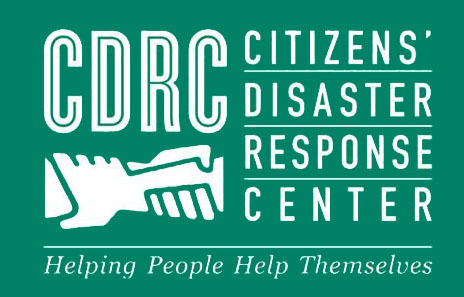By: Chuck Baclagon
The Philippines always ranks in the top 5 most vulnerable countries in the world in various indices. One of the reasons for that that is on average, about 20 tropical cyclones enter Philippine waters annually, with eight or nine of them making landfall. The last quarter of the year signals the beginning of the typhoon season, where in the past decade we have seen a trend of ever-increasing and ever-intensifying typhoons hitting the archipelago.
Typhoon Sarika’s 130 kilometer-per-hour (kph) winds recently displaced 2,628 families in the Ilocos, Cagayan Valley, Central Luzon, Calabarzon, and Bicol regions, destroying an estimated P2 billion pesos in crops. Barely a week after, we are faced with the coming of Super Typhoon Haima with its maximum sustained winds of up to 195 kph near the center and gustiness of up to 240 kph.
Social media since the past week until today has been filled with weather forecasts, appeals for relief and recent scientific data on climate change, showing that many Filipinos now understand the link between climate change and weather-induced disasters.
Everyone is anxiously anticipating and preparing for the worst of what’s to come once the super typhoon makes landfall – a familiar story to many here in the Philippines who’ve come to live with the ‘new normal’ of intense weather.

Support the Citizens’ Disaster Response Center in providing assistance to the most affected, least served and most vulnerable sectors of the population.
Beyond all this is the fact that up to now, the country has yet to ratify the historic Paris Agreement on climate change. While rightfully asserting that industrialized nations make decisive steps towards a low-carbon future, the Philippines must continue to show its leadership internationally by seeking aggressive measures to shift towards a just transition to renewable energy systems and free up financing to protect the most vulnerable from worsening climate impacts.
It gives us the moral high ground to demand climate justice, so that even as we we appeal for relief for those immediately affected by the typhoon, we can also further reiterate our call for industrialized nations to put money on the table for adaptation, mitigation and transitioning towards a low carbon economy.
Our experience with Typhoon Haiyan 3 years ago reminds us of the devastating impacts of inaction.
We need to further strengthen our resolve to cut greenhouse gas emissions and limit global warming to under 1.5 degrees Celsius. This all begins with a concerted effort in the Philippine government to assert a place for itself at the negotiating table by ratifying the Paris Agreement.
The vulnerable who have contributed the least to global warming should have the most say in how the global community should respond to the climate crisis. We can only do that by becoming a party to the global climate agreement.
